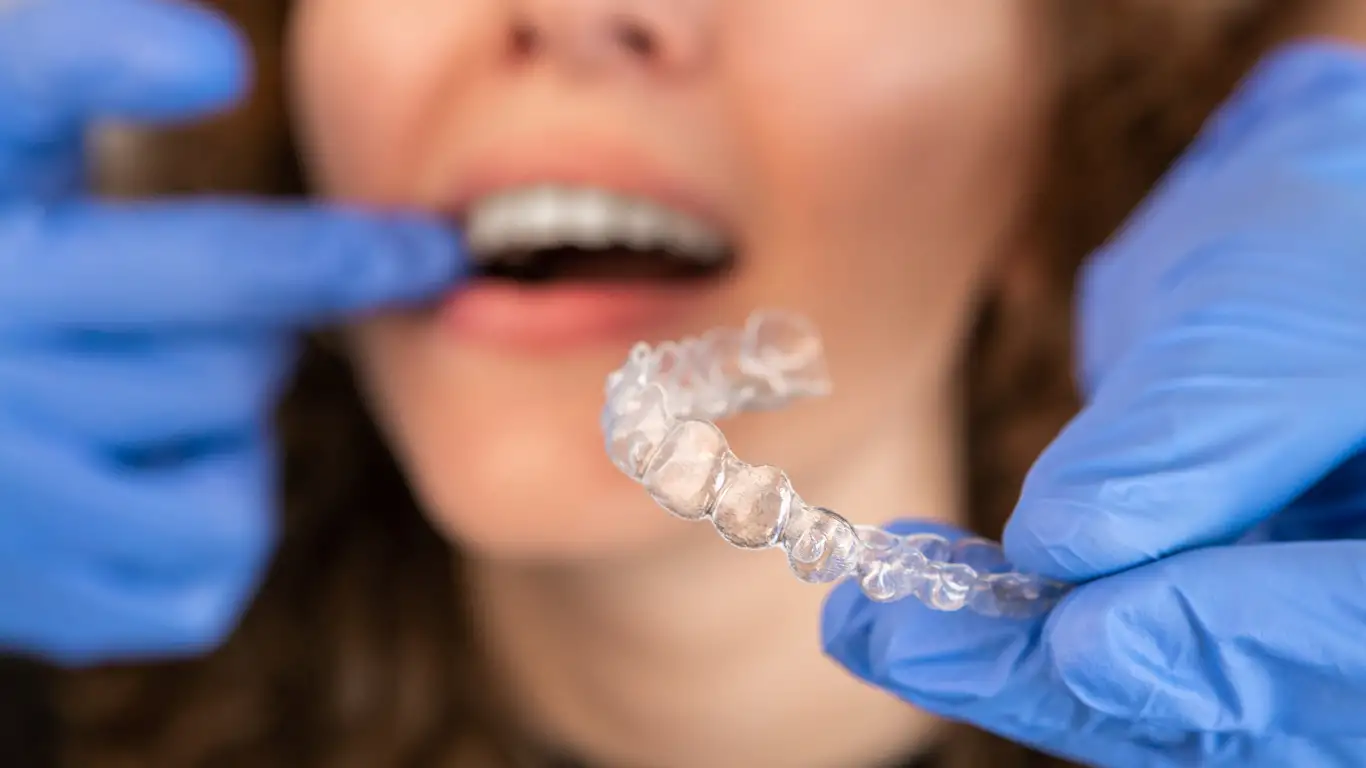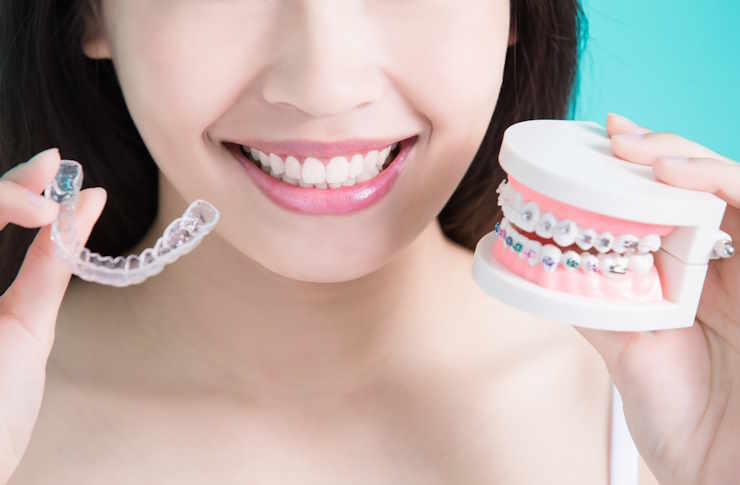Orthodontic Braces in the UK – Modern Treatment Options
In the UK, orthodontic braces are widely used to address dental misalignment and improve oral health. Treatment options include traditional metal braces, ceramic models, and clear aligners, each offering different benefits in terms of appearance, comfort, and duration of treatment. Consulting with a qualified orthodontist helps patients choose the most suitable solution based on individual needs and clinical requirements.

Types of Orthodontic Braces Available in the UK
When considering orthodontic treatment in the UK, patients can choose from several types of braces. Traditional metal braces remain popular and effective, consisting of metal brackets bonded to teeth and connected by wires. These are typically the most cost-effective option and work well for complex alignment issues. Ceramic braces function similarly but use tooth-colored or clear brackets for a less noticeable appearance. Self-ligating braces eliminate the need for elastic bands by using specialized clips to hold the wires, potentially reducing appointment frequency and treatment discomfort. Lingual braces offer another alternative, with brackets placed behind the teeth, making them virtually invisible from the front.
Clear Aligners UK: A Growing Alternative
Clear aligners have revolutionized orthodontic treatment in the UK dental market. These custom-made, removable plastic trays gradually shift teeth into proper alignment without the need for brackets or wires. Patients receive a series of aligners to be changed approximately every two weeks, each making incremental adjustments to tooth position. Clear aligners UK providers offer several advantages, including near-invisibility, removability for eating and cleaning, and typically fewer in-person appointments. This option works particularly well for mild to moderate alignment issues, though more complex cases may still require traditional braces.
The Process of Dental Alignment Treatment
The dental alignment journey typically begins with a comprehensive consultation with an orthodontist. This initial appointment involves examining your teeth, taking X-rays, photographs, and dental impressions or digital scans. From these, your orthodontist develops a customized treatment plan addressing your specific alignment needs. The active treatment phase varies in length depending on the complexity of your case and the type of orthodontic appliance chosen, ranging from several months to a few years. Regular adjustment appointments monitor progress and make necessary modifications. After active treatment concludes, patients typically wear retainers to maintain their newly aligned teeth in position.
Dental Splints: More Than Just Alignment
While braces address alignment, dental splints serve multiple purposes in UK dental care. Occlusal splints (night guards) protect teeth from grinding during sleep, preventing wear and reducing jaw pain. Periodontal splints stabilize loose teeth, often used after trauma or for patients with periodontal disease. Temporary splints aid healing following dental injuries or surgery. Some specialized splints also treat temporomandibular joint disorders (TMJ), reducing associated pain and dysfunction. Unlike braces, most splints are removable and may be prescribed for either short-term treatment or long-term management of ongoing conditions.
Advancements in Orthodontic Technology
Recent years have seen significant technological advancements in UK orthodontics. Digital scanning has largely replaced traditional dental impressions, providing more comfortable experiences and precise measurements. Computer modeling allows patients to visualize expected outcomes before beginning treatment. Accelerated orthodontics techniques, including micro-osteoperforation and vibration therapy, can potentially reduce treatment time. Remote monitoring applications enable orthodontists to track patient progress between in-person visits, particularly beneficial for clear aligner patients. These innovations continue to make orthodontic treatment more efficient, comfortable, and accessible for UK patients seeking dental alignment.
Cost Comparison of Orthodontic Options in the UK
The cost of orthodontic treatment in the UK varies significantly based on the type of braces, complexity of the case, and whether treatment is obtained through the NHS or privately.
| Treatment Option | Provider Type | Cost Estimation |
|---|---|---|
| Metal Braces | NHS (for eligible under-18s) | Free |
| Metal Braces | Private Practice | £1,500-£3,000 |
| Ceramic Braces | Private Practice | £2,000-£4,000 |
| Lingual Braces | Private Practice | £3,500-£10,000 |
| Clear Aligners (Invisalign) | Private Practice | £1,800-£5,500 |
| Clear Aligners (other brands) | Direct-to-consumer | £1,200-£2,500 |
| Custom Dental Splints | NHS (if medically necessary) | £269.30 (Band 3 treatment) |
| Custom Dental Splints | Private Practice | £200-£500 |
Prices, rates, or cost estimates mentioned in this article are based on the latest available information but may change over time. Independent research is advised before making financial decisions.
Choosing the Right Option for Your Needs
Selecting the most appropriate orthodontic treatment depends on multiple factors including your specific dental issues, lifestyle, budget, and aesthetic preferences. Traditional braces often provide the most comprehensive correction for complex alignment problems. Clear aligners might be preferable for adults concerned about appearance during treatment. Treatment time also varies significantly—some simple cases may be resolved in six months, while complex realignments might take two years or longer. The decision should be made in consultation with a qualified orthodontist who can assess your specific situation and recommend appropriate options based on clinical needs rather than just cosmetic preferences.
Orthodontic treatment in the UK continues to evolve, with modern options making dental alignment more accessible and comfortable than ever before. From traditional braces to innovative clear aligners, patients now have multiple pathways to achieve their desired results. Understanding the available options, their costs, and what to expect during treatment helps patients make informed decisions about their dental health and appearance.
This article is for informational purposes only and should not be considered medical advice. Please consult a qualified healthcare professional for personalized guidance and treatment.




